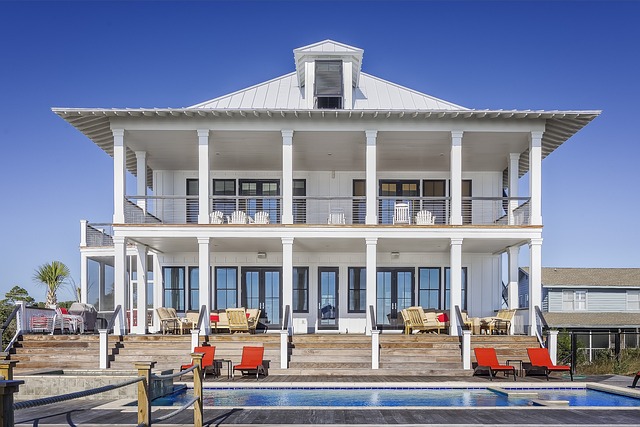Deck Construction Tips

Choosing the Right Materials for Your Deck
Choosing the right materials for your deck is crucial for its longevity and aesthetic appeal. Wood is a popular choice for its natural look, but it requires regular maintenance. Cedar and redwood are naturally resistant to decay, while pressure-treated lumber offers affordability and durability. Composite decking is gaining popularity due to its low maintenance and resistance to weather and stains. It’s made from a blend of recycled wood fibers and plastic, making it an eco-friendly option. Aluminum decking is another modern choice, known for its strength and low maintenance. Consider factors like climate, budget, and preferred maintenance level when selecting your materials. Proper planning and understanding the pros and cons of each material will ensure your deck not only looks great but also stands the test of time.
Understanding Deck Foundations and Supports
A strong foundation is the backbone of a well-constructed deck. The type of soil and the climate in your area will influence your choice of foundation, be it concrete piers, screw piles, or helical piers. Concrete piers are widely used for their durability and are ideal for stable, non-expansive soils. In areas with freeze-thaw cycles, consider using post anchors to prevent movement. Ensure that your supports are evenly spaced, and meet the local building codes and regulations. The ledger board should be securely attached to your house, providing crucial support to the deck. It’s essential to use corrosion-resistant fasteners and connectors to ensure the longevity of your foundation and supports. By investing time in understanding and constructing solid foundations, you’ll prevent future issues and ensure a safe, long-lasting deck.
Essential Tools and Equipment for Deck Building
Building a deck requires a range of essential tools and equipment to ensure precision and safety. Starting with hand tools, a tape measure, level, and square are crucial for accurate measurements and alignment. A circular saw or miter saw is necessary for cutting lumber to the correct lengths. A quality power drill and impact driver are indispensable for driving screws and fasteners efficiently. Safety gear, including gloves, safety glasses, and ear protection, is paramount to protect against potential hazards. For digging and setting foundations, a post hole digger or power auger can ease the process. A nail gun can expedite the attachment of decking boards and railings. Finally, having a wheelbarrow and saw horses will aid in transporting materials and setting up a workspace. Proper tools ensure a smoother building process and a professional result.
Safety Precautions and Best Practices
Safety should always be a top priority when constructing a deck. Start by wearing appropriate safety gear, including gloves, goggles, and work boots to protect against cuts, splinters, and heavy materials. Before beginning construction, review your plans and local building codes to ensure compliance. Always double-check measurements and secure heavy materials to prevent accidents. Maintaining a clean, clutter-free work area will reduce the risk of slips and falls. Use ladders and scaffolding correctly, ensuring they are stable and on even ground. When operating power tools, follow the manufacturer’s instructions and never bypass safety features. If you’re working with treated lumber, wear a dust mask to avoid inhaling harmful particles. By adhering to these safety precautions and best practices, you can build a deck efficiently and without incident, ensuring a safe environment for everyone involved.
Finishing Touches for a Professional Look
Adding finishing touches to your deck can elevate its appearance from functional to stunning. Start with a thorough sanding of the deck boards to ensure a smooth surface. Applying a high-quality wood stain or sealant will enhance the natural beauty of the wood while protecting it from the elements. Consider installing deck lighting to create an inviting ambiance for evening use. Railings and balusters can add both safety and style; explore different materials such as glass or metal for a modern look. Incorporate built-in planters or seating for added functionality and aesthetics. Don’t forget the deck skirting, which can conceal the frame and any exposed foundations, offering a polished appearance. Finally, adding personal touches like outdoor rugs, furniture, and accessories can reflect your personal style, making your deck a perfect outdoor retreat.